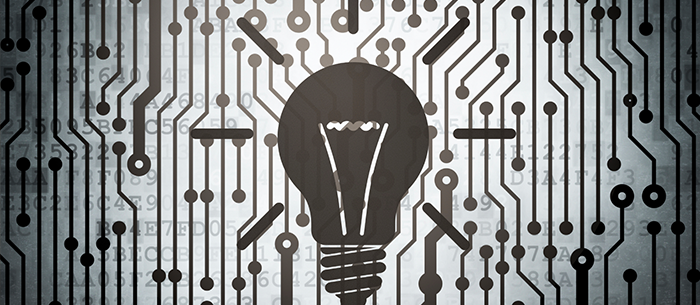
This article originally appeared in Portuguese on Computerworld Brazil.
Everyone has heard the analogy between programmatic media and industrial automation—the example is usually car manufacturing, which is done almost 100 percent robotic nowadays. It’s a great parallel; we get to understand, in a less abstract way, that this is the natural evolution of the industry, that it’s impossible to fight it and that economic pressure on efficiency is relentless.
What is missing in this analogy is that car manufacturers’ robots do not need to, by themselves, learn how to make better cars. Nowadays, any real-time media-buying algorithm applies some concept of machine learning, even if rudimentary, in the sense that the more that algorithm impacts the right user (reaching the campaign goal, whatever it might be), it learns that that user type is good, and tries to find others like him, paying more for the bid. Similarly, users who do not convert have less value. This is optimization. Through this model, we naturally select (this term is important) types of users with a high probability of conversion. They start to be targeted with more frequency than the other users. Sound familiar?
Darwin used to say that the species more adapted to their environments have a higher chance of surviving and reproducing than the less adapted species. In that same way, media-buying algorithms try different combinations of users to find the perfect target, making a lot of mistakes along the way. Nature does exactly the same thing through genetic mutations along generations.
In both scenarios, most parts of the ‘mutations’ have little effect. A tiger with a non-standard type of hair has the same chances to hide, and in a campaign with specific users active at different times, there could be the same chance to convert. But sometimes, a change can have a tremendous impact, and an important pattern is found.
When this happens in nature, it’s observed as a growth in population due to the benefit that the mutation caused. This can be seen along dozens or hundreds of generations. In programmatic media optimization, we see the benefit in days, or hours, with a jump in conversions when the machine finds the right target. But it will carry on making mistakes (applying mutations) on purpose, with the objective of finding new patterns not yet known, and to respond adequately to changes in the environment.
This approach, not surprisingly, belongs to a class of algorithms called “Genetic Algorithms” and it’s only one of many ways to optimize a process.
The more sophisticated players of programmatic marketing use a combination of algorithms to design scenarios and decision trees specific to each campaign, but that carry all the behavioral learnings accumulated throughout the process. This makes complete sense given that different campaigns require very different profiles to reach their goals, but knowing the population allows us to statistically conclude how it will behave in the next initiative.
All this sophistication allows us to rely less and less on human effort in defining the target for a campaign and on deciding how much should be paid to impact a specific user. We humans will never analyze the amount of variables and the permutations that a machine is capable of analyzing, and just as in military planes and supercars, after a specific speed, you can suggest where you want to go. But in reality, you are no longer driving.
Imagine what the machines will teach us about our own behavior, and about marketing, in the next decade.
